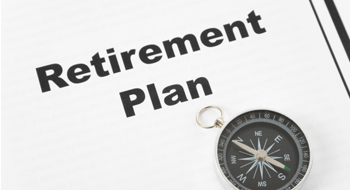

While there’s a common perception that Canadians face a retirement crisis, a McKinsey report says a strong majority of households are actually on track to maintain their standard of living in retirement.
The report, Building on Canada’s Strong Retirement Readiness, says 83% of the nation’s households are on track to maintain their standard of living in retirement.
“These are enviable numbers, but they still leave 17% of households at risk of having to lower their standard of living when they stop working,” says the report.
Read: No retirement crisis
The research reveals that most of the unprepared households belong to one of two groups of middle- to high-income households: those that do not contribute enough to their DC plans or group RRSPs and those that do not have access to an employer plan and have below-average personal savings.
Ninety-three percent of modest-income households are on track to maintain their standard of living in retirement, primarily because they will receive a high rate of income replacement from public sources.
Mid- to high-income households show a mix of readiness levels.
Almost 91% of those with a DB pension are on track while 75% of those with access to a DC plan or group RRSP are on track. The 25% of households not on track generally do not participate in their plans or have low contribution rates. Overall, 31% of households with access to DC plans or group RRSPs do not contribute to them, and another 11% contribute 5% or less.
Read: What retirement crisis?
Sixty-three percent of mid- to high-income households with no employer pension plan are on track. However, the report says there are two distinct sub- groups: “savers,” households with an above-average savings rate, are far more prepared (95%) than “non-savers,” those with a below-average savings rate (46%).
“The minority of Canadian households that are not on track for retirement are impacted primarily by three decisive forces: lack of access to employer plans, low contribution rates to these plans, and low personal saving rates among those without access to an employer plan,” says the report.
Read: Firms worrying about employees’ retirement readiness
The two groups of households most at risk for a financially strapped retirement are mid- to high-income households that have access to a DC plan or group RRSP but do not contribute enough, and mid- to high-income households that do not have access to an employer plan and have below-average personal savings.
One assumption that would have a significant impact on overall retirement readiness is the use of non-financial assets as a source of retirement income. If 30% of home equity were converted into retirement income, the percentage of Canadian households on track for retirement would increase to as high as 87%.
The report analyzed the situation of about 9,000 working households and about 3,000 retired households.
Also read:
